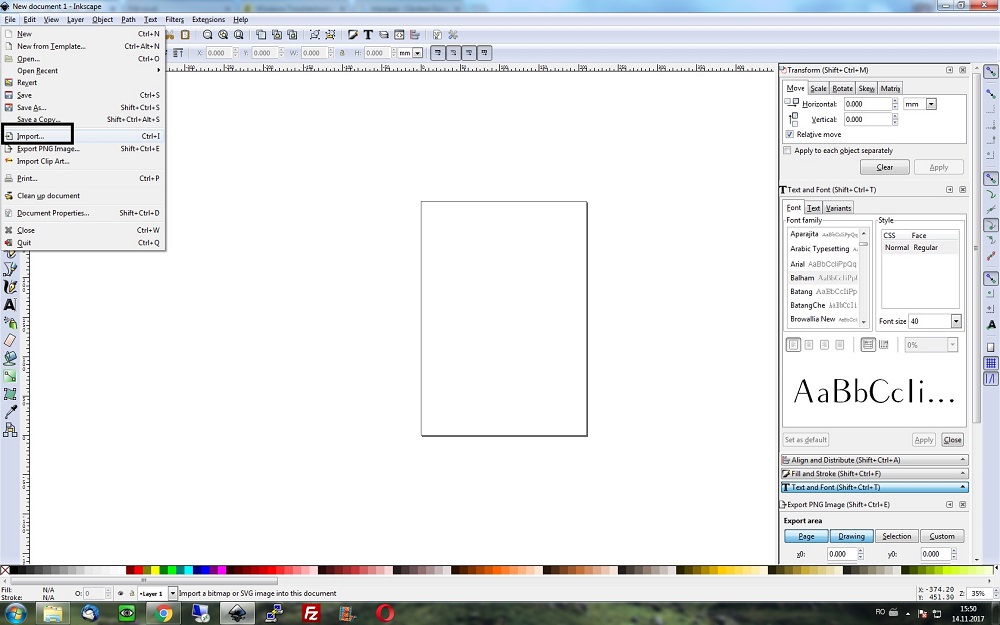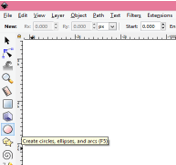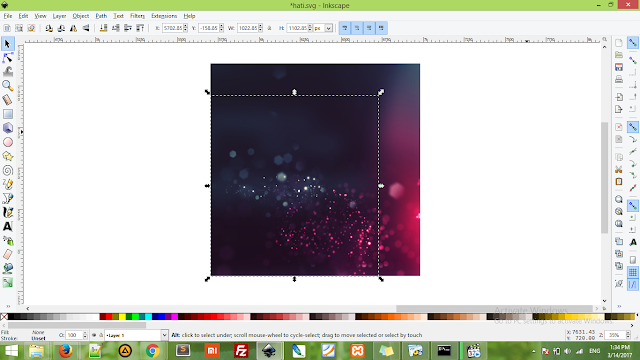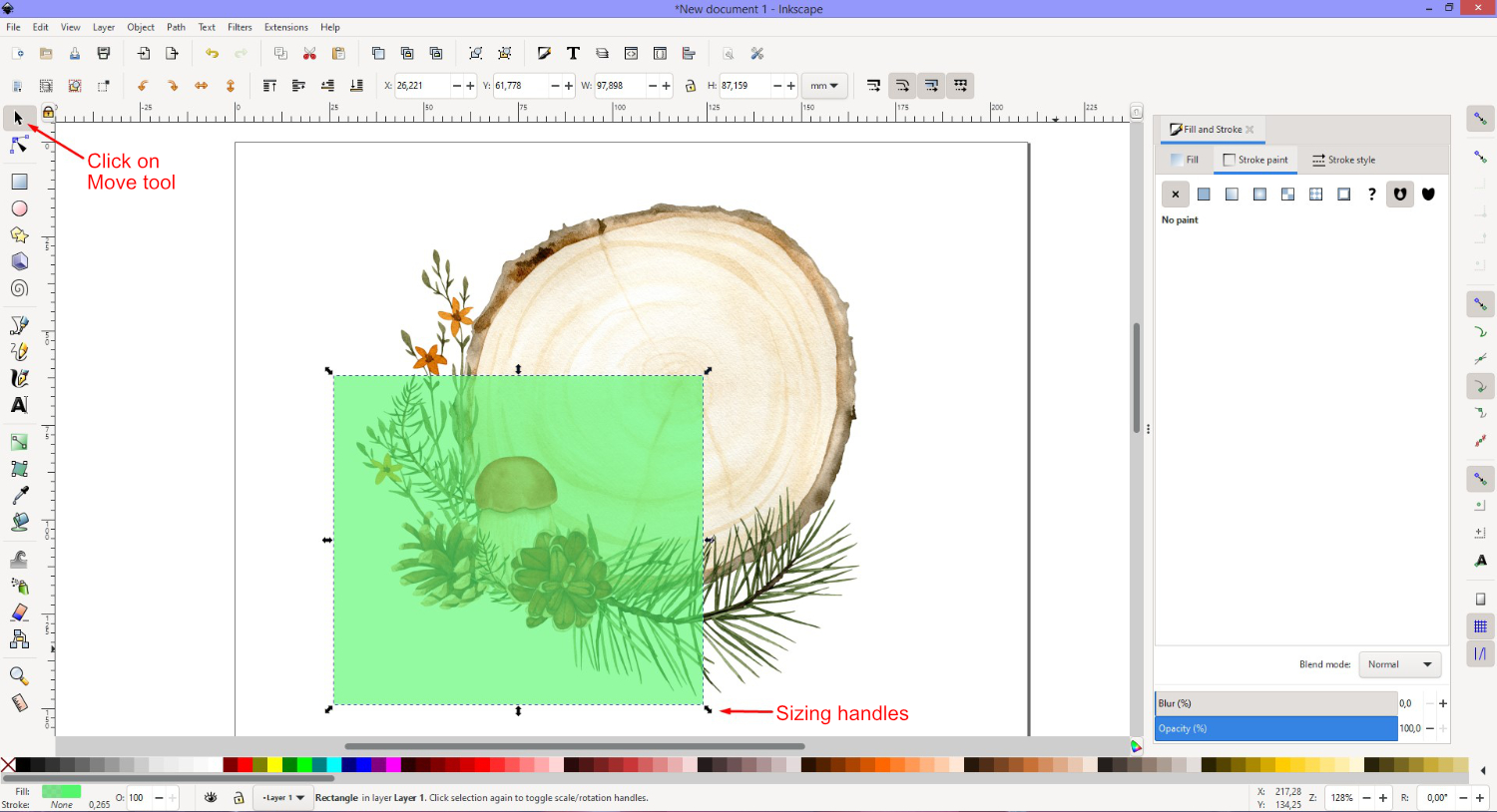

Then you'd need to resize your document accordingly.
CROP IN INKSCAPE SERIES
So before you are adding crop marks of any kind, in the preparation process consult with the printer if they have the uncut paper series or of which is their matching one size larger paper format.

For example for an A3 sized trimmed print there is an SRA3 paper size (SRA3 is 450 mm/320 mm, A3 is 420 mm/297 mm). If you are printing in the A series, there are matching paper sizes. If you explicitely need to trim the print -in case of a custom print size or edge to edge graphic-, you need a larger paper size to be printed than the final output -so you can trim the paper's edges off. Meaning cropping marks are unnecessary if you only want to print regular graphic with a safe area (parts not closer to the paper's edge than a certain amount, like 2-5 mm). That is, when you'd want an edge-to-edge print with no white borders. If none of these addressed your problem then leave a comment below and I’ll see if I can help.Captain obvious here, crop marks are useful only when you will crop the print. These are the only 6 reasons I can think of why a path function like union wouldn’t be working as expected. Once unlinked you should be able to use the Union path operation on it. To unlink a cloned object, navigate to: Edit > Clone > Unlink Clone However, clones generated with this feature are not traditional paths, meaning you won’t be able to perform path operations until you “unlink” it from the original object. Inkscape has a useful cloning feature built it.

Reason #7: Cloned ObjectsĪnother reason you may not be able to apply a path operation such as union could be because you are working with an object that is a clone of another object. If I wanted the result to be a combination of the circle and the square with the filter applied, I would need to position the square beneath the circle. So if I were to unify the two objects depicted above, the result would be a green combination of the circle and the square. This is because takes the properties of the lowest object and applies it to the new unified object. However, the union function may not work as you expected. You theoretically can unify objects that have filters so long as they’re paths. The final reason why a path function like union is not working in Inkscape is because you’re trying to use an object that has a filtered applied, like the example below. If I wanted to apply this texture to a combination of the two shapes, I’d need to unify then together first then apply the text. This is because you cannot perform path functions on masked objects. If I were to unify these objects together, the result would be a green combination of both shapes, but without the texture. In the example above I applied a raster image to a star to give it a grunge texture (I have a tutorial on that here if you want to check that out.) Path functions do not work on masked objects for the same reason they don’t work on clipped objects - they are not paths. You simply cannot unify clipped objects in Inkscape. As you can see in the example above, the result of unifying the clipped blue star with the green circle is that Inkscape referenced the blue square, even though it wasn’t visible any longer. Reason #4: Clipped ObjectsĪnother reason why union may not be working as expecting is because you’re trying to apply it to an object that is clipped with another object.Ī clipped object is not a path, so if you try performing path functions on a clipped object it is not going to work the way you expect it to work. When you do this, the black line essentially becomes the fill area and you should be able to unify them now.

If you want to unify the line and the circle together, you’ll first have to convert the stroke to a path by selecting it and navigating to Path > Stroke to Path. If you unify these two objects together, you’re just going to end up with a green circle. Since there’s no fill area of the black line, there’s nothing there to merge with the green circle as far as Inkscape is concerned.
CROP IN INKSCAPE FULL
In the following example, the green circle has a full area, but the black stroke does not. So the fix for this is to simply ungroup your text object.Ĭertain path functions (like union) only work on objects that have a fill area. The reason for this is because when you convert a text object to a path, the result is a grouping of individual letters, and as I’ve outlined above, path functions do not work on groups of objects. However, if you have converted your text object to a path then the path functions will not work. You can also grab the Text Tool and see if it’s still editable. You can determine if it’s still a text object by referencing the little node in the bottom-left corner of the object.


 0 kommentar(er)
0 kommentar(er)
